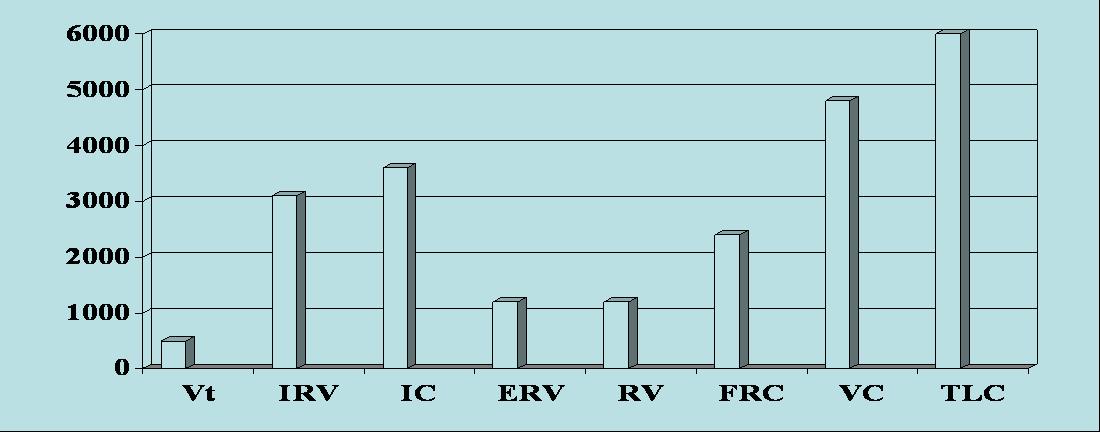

An accurate estimate of this volume is important because respiratory dead space ( Vd/Vt, discussed previously) is composed of both anatomical and physiological dead space.

The official definition of anatomic dead space is that it is that part of the inhaled volume that remains in the airways at the end of inhalation and does not participate in gas exchange. It’s a relatively simple test but assessing its results as well as the results of alternate dead space measurement techniques turns out to be more complicated than I had remembered.

I’d spent some time researching single-breath tests a while back and of course ran across the Fowler method for measuring anatomic dead space.


 0 kommentar(er)
0 kommentar(er)
